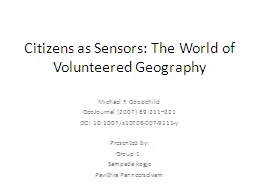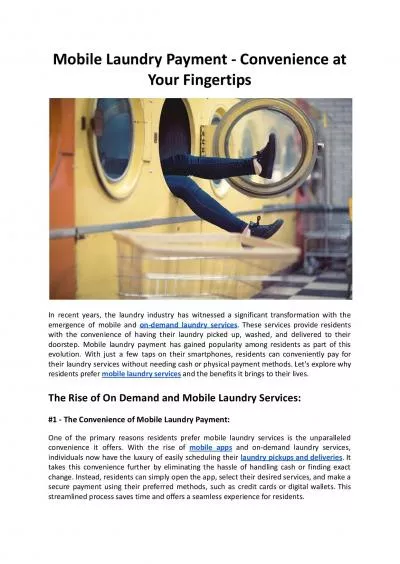PPT-February 22, 2016 Tracking Mobile Web Users Through Motion Sensors: Attacks and Defenses
Author : yoshiko-marsland | Published Date : 2018-12-06
1 Anupam Das UIUC Nikita Borisov UIUC Matthew Caesar UIUC February 22 2016 2 Real World Digital Stalking Why fingerprint devices Targeted Advertisement tracking
Presentation Embed Code
Download Presentation
Download Presentation The PPT/PDF document "February 22, 2016 Tracking Mobile Web Us..." is the property of its rightful owner. Permission is granted to download and print the materials on this website for personal, non-commercial use only, and to display it on your personal computer provided you do not modify the materials and that you retain all copyright notices contained in the materials. By downloading content from our website, you accept the terms of this agreement.
February 22, 2016 Tracking Mobile Web Users Through Motion Sensors: Attacks and Defenses: Transcript
Download Rules Of Document
"February 22, 2016 Tracking Mobile Web Users Through Motion Sensors: Attacks and Defenses"The content belongs to its owner. You may download and print it for personal use, without modification, and keep all copyright notices. By downloading, you agree to these terms.
Related Documents











